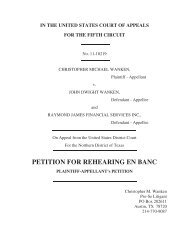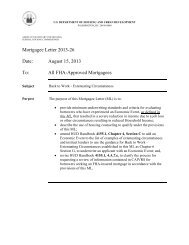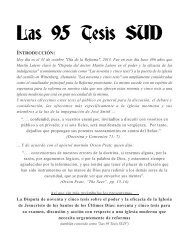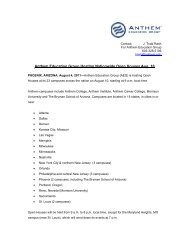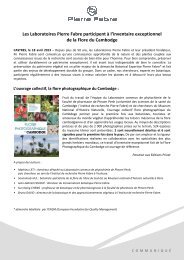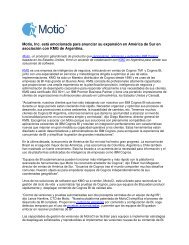The Connector Website Model New Implications for Social ... - PRWeb
The Connector Website Model New Implications for Social ... - PRWeb
The Connector Website Model New Implications for Social ... - PRWeb
You also want an ePaper? Increase the reach of your titles
YUMPU automatically turns print PDFs into web optimized ePapers that Google loves.
website indicating what seems to be very serious decline. Tagged and Orkut<br />
demonstrated high growth spurts in this period, but the wild rhythms of their trends likely<br />
hurt its correlation to their respective exponential models. As a result, these two<br />
connectors fall within the “moderate” category. <strong>The</strong> other websites did not show a<br />
dramatic percentage growth nor did they fit well with their exponential models. Eight<br />
connector websites do not pass this empirical test.<br />
Trend volatility might explain in part why Tagged and Orkut missed the cut, and<br />
why Facebook (showing less impressive growth) did fit its exponential model. Table 6<br />
lists the connector websites in ascending order, from least to most volatile. 51 We see<br />
Tagged and Orkut are at the bottom of the list, having the steepest upturns and downturns<br />
on their respective month-to-month rates of change. (see Appendix G) <strong>The</strong> bottom line<br />
is that the end point <strong>for</strong> this particular analysis, June 2006, may have been chance that<br />
Tagged and Orkut were at favorable levels when compared to May 2005.<br />
<strong>Website</strong> Age and Seasonal Trends<br />
Two general website characteristics may partly explain the observed trends. First,<br />
the age of the connector website, or online community, seems to relate to traffic growth<br />
differences. <strong>The</strong>re is a moderate negative association (r=-.45) between a website’s age<br />
(in months) and its percentage growth over the time period – meaning that older age may<br />
bring slower growth. 52 This is not a big surprise. It is quite possible the older websites<br />
boomed at an earlier time be<strong>for</strong>e the observed time period. A maturation period may be<br />
a characteristic <strong>for</strong> these websites as they approach long term sustainability. It is also<br />
interesting to note that there is a moderate negative association (r=-.40) between a<br />
website’s age and its volatility across the time period – meaning that older sites may<br />
20




